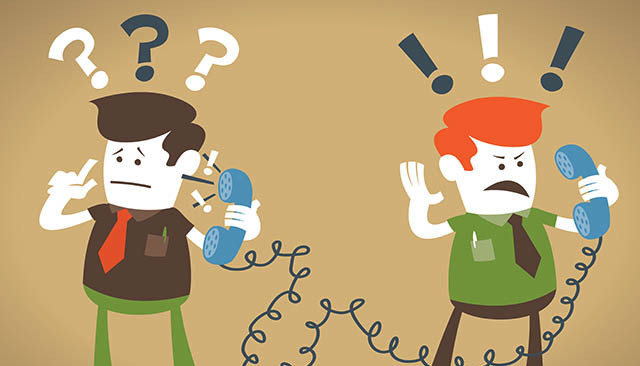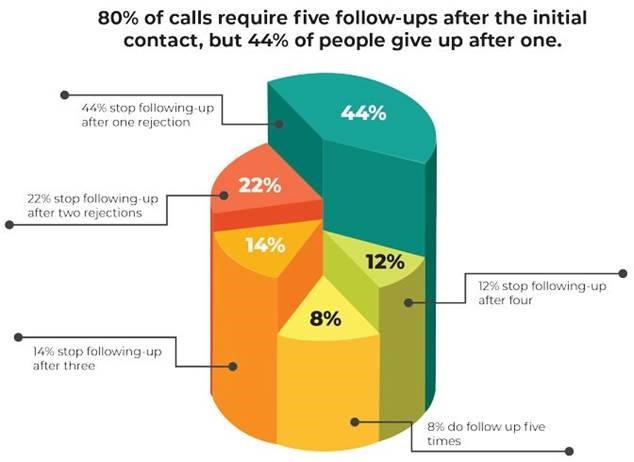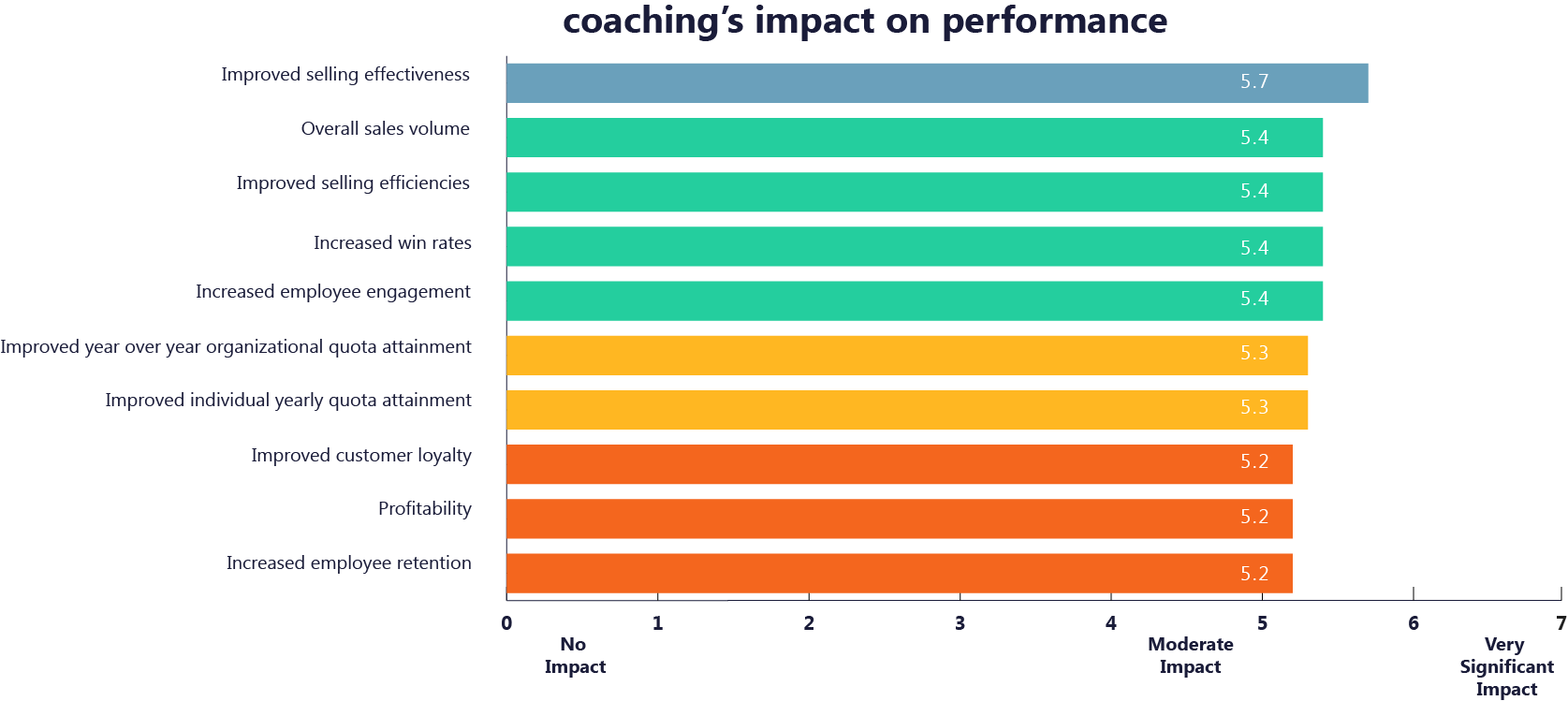The occasional setback is inevitable in sales and can often make us feel that we are not making progress.
When the feeling of discouragement after a setback is left unresolved, it can leave you incapable of moving forward and achieving your goals.
There are ways you can recover from a setback and make a comeback!
Five Ways to Overcome a Setback and Build Resilience

1. Acknowledge the Setback
Everyone experiences a set-back at some point. If you have one, the first step is to acknowledge the problem.
Recognise that there is no turning back and take it as a learning experience.
2. Consider the Worst-Case Scenario
Thinking of the worst possible outcome for a situation can make you feel a little bit better, as well as giving you a better understanding of what happened.
When you experience a setback, it is a good idea to consider what the worst possible outcome would look like.
3. Re-assess your Position
Re-Assess Your Vision for Moving Forward
Once you have thought about the worst possible outcome, you should go back and re-assess your vision for moving forward.
Consider things like:
- What is the goal I want to achieve?
- What can I do differently to ensure this doesn’t happen again?
- How can I learn from this set-back?
4. Learn your lessons and be Resilient
It is most important to maintain a positive outlook when dealing with a setback.
Characteristics that are important in sales include resilience and the ability to adapt in stressful situations.

5. Remember… Pick up and go again!
Here are some reasons why “Going Again” after a sales setback is so important:
- Learning Opportunity: Sales setbacks can provide valuable insights and feedback about what went wrong, what could have been done differently, and how to improve for the future. Analysing the situation and understanding the root cause of the setback can help to develop new strategies and approaches.
- Resilience Building: Going again after a sales setback demonstrates resilience and determination. It’s important to view setbacks as temporary and not as a reflection of personal failure. By pushing through setbacks, sales professionals can build their resilience and develop a growth mindset.
- Opportunity to improve skills: Facing a sales setback can highlight areas where sales professionals need to improve their skills, such as communication, negotiation, or product knowledge. By addressing these areas and seeking out training and development opportunities, sales professionals can increase their chances of success in the future.
- Maintaining Momentum: Consistency and persistence are key to achieving sales success. Going again after a setback keeps the sales process moving forward and maintains momentum, rather than allowing the setback to disrupt progress and cause delays.
Prove You Can Turn It Around
Although a setback can be upsetting, you should demonstrate resilience and you prove that you can turn things around.
In business and in life, you are going to have setbacks now and again. What matters most is how you bounce back.
Setbacks shouldn’t stop you from achieving your goals.










































































































